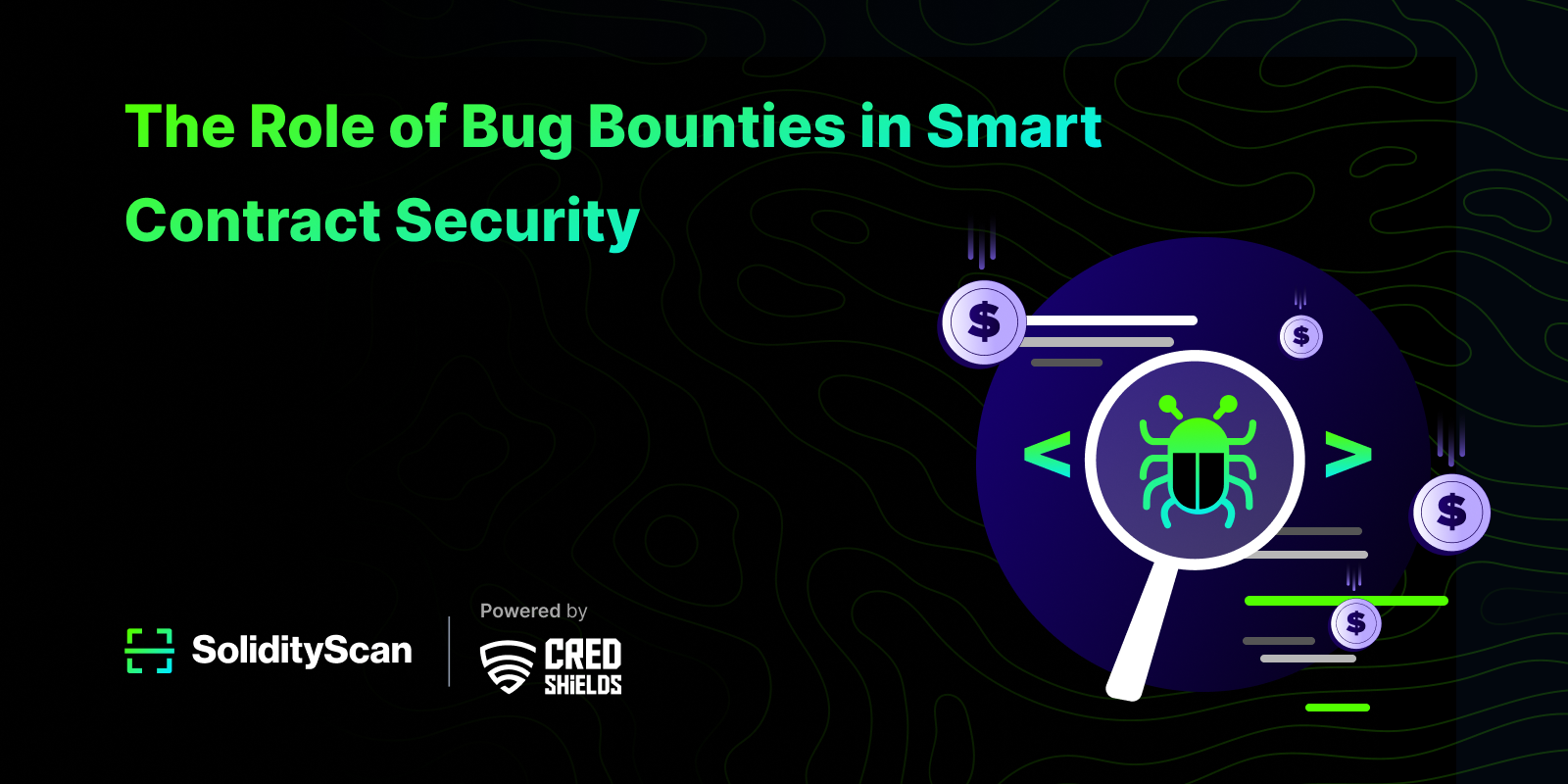In the ever-evolving realm of blockchain technology, smart contracts reign supreme. These self-executing agreements automate transactions and power decentralized applications (dApps). However, with great power comes great responsibility – ensuring the security of these contracts is paramount. Here’s where bug bounties emerge as a game-changer, incentivizing ethical hackers to become the secret weapon of smart contract security.
Why are Bug Bounties a Force Multiplier?
Smart contracts are intricate pieces of code, often written in languages like Solidity. Even the most experienced developers can miss vulnerabilities hidden within the complex logic. Bug bounties offer several advantages that traditional security audits struggle to match:
- Fresh Eyes, Fresh Threats: Ethical hackers, also known as white hat hackers, approach the code with a different perspective. Their expertise lies in uncovering security weaknesses that developers might overlook due to familiarity with the codebase. This fresh perspective significantly expands the scope of vulnerability detection.
- Global Talent Pool, Global Threat Detection: Bug bounty programs tap into a vast network of security researchers worldwide. This global talent pool brings a diverse range of skills and experiences to the table, significantly increasing the chances of uncovering critical vulnerabilities before malicious actors exploit them.
- Cost-Effective Security: Compared to traditional security audits, which can be expensive and time-consuming, bug bounties offer a more cost-effective approach. Programs only pay for vulnerabilities discovered, making them a scalable solution for projects of all sizes.
How Bug Bounties Work for Smart Contracts?
Similar to traditional bug bounties, smart contract programs establish a framework for collaboration between project owners and security researchers. Here’s a breakdown of the process:
- Unearthing Vulnerabilities: Ethical hackers meticulously analyze the smart contract code, employing various techniques like fuzz testing and static analysis to identify potential exploits. These exploits could range from reentrancy attacks, where a transaction can be manipulated to execute multiple times, to integer overflows, which can lead to unintended consequences.
- Responsible Disclosure: Once a vulnerability is discovered, the ethical hacker’s responsibility lies in responsibly disclosing it to the program owner. This involves providing a detailed report outlining the vulnerability, its potential impact, and ideally, a proof of concept demonstrating how the exploit could be used.
- Rewards and Recognition: For their valuable contributions, researchers are rewarded financially based on the severity of the vulnerability discovered. Some programs might also offer recognition in the form of public acknowledgment or inclusion in a hall of fame. This system incentivizes researchers to participate actively and contribute to a more secure blockchain ecosystem.
Building a Robust Smart Contract Bug Bounty Program
To reap the full benefits of bug bounties, project owners need to establish a well-defined program with clear guidelines. Here are some key considerations:
- Clearly Defined Scope and Guidelines: The program should explicitly outline the types of vulnerabilities in scope (e.g., code injection, denial-of-service attacks) and provide detailed instructions on how to report findings. This ensures researchers are on the same page and allows project owners to prioritize vulnerabilities based on their potential impact.
- Transparency and Open Communication: Building trust with researchers is crucial. Open communication channels allow researchers to clarify any ambiguities in the program guidelines and keep project owners informed about the progress of their investigations. This fosters a collaborative environment that benefits everyone involved.
- Fair and Timely Rewards: Offering competitive rewards based on industry standards incentivizes researchers to participate and invest time in thorough analysis. Additionally, processing reports promptly demonstrates the project owner’s commitment to the program and keeps researchers engaged.
The Future of Smart Contract Security and Bug Bounties
Bug bounties are rapidly transforming the landscape of smart contract security. As the blockchain ecosystem matures, we can expect to see:
- More Widespread Adoption: As the effectiveness of bug bounties becomes undeniable, more smart contract projects will embrace this approach to security. This wider adoption will further strengthen the overall security posture of the blockchain ecosystem.
- Standardized Practices: Industry-wide best practices for running smart contract bug bounty programs will likely emerge. These standards will provide a framework for program owners, ensuring consistency and effectiveness across different projects.
- Integration with Development Tools: The future might see bug bounty platforms seamlessly integrated with smart contract development tools. This integration would streamline the vulnerability reporting process and encourage developers to proactively participate in bug bounty programs from the very beginning of the development cycle.
Conclusion
Bug bounties are not a silver bullet, but they are a crucial component of a comprehensive smart contract security strategy. By harnessing the power of ethical hackers, projects can build stronger, more secure dApps. This fosters trust in the technology and paves the way for a more secure and vibrant decentralized future.

